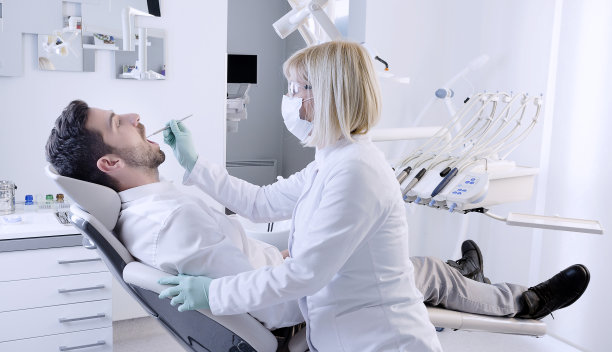The Essential Guide to Extracting a Tooth and Ensuring a Smooth Recovery Process
Summary: Extracting a tooth can be a daunting experience for many, but understanding the procedure and the recovery process is key to making it smoother. This guide explores four crucial aspects: preparation before the extraction, the extraction process itself, immediate post-extraction care, and long-term recovery strategies. Each section is designed to equip patients with the knowledge they need, alleviating fear and ensuring better outcomes. By following this essential guide, you’ll not only understand what to expect but will also be prepared for a comfortable recovery, enabling you to get back to your daily activities more quickly.
1. Essential Preparation Before Extraction

Preparation is the first step toward a successful tooth extraction. Patients should schedule a comprehensive dental examination before the extraction date. During this visit, the dentist evaluates the tooth in question and assesses bone structure, which helps in determining the complexity of the extraction process. Additionally, any necessary X-rays should be taken to provide a clearer picture of the tooths root and surrounding tissues.
Next, patients should communicate any underlying health conditions and medications they are taking. Certain medical conditions and medications might affect the extraction procedure and the healing process. By discussing these aspects openly, patients allow their dentists to make necessary adjustments for a safe extraction.
Lastly, organizing a reliable means of transportation to and from the dental office is crucial. Due to anesthesia and potential discomfort post-extraction, having someone drive you home ensures your safety and comfort.
2. The Tooth Extraction Process Explained
The extraction process typically begins with the administration of local anesthesia, numbing the area surrounding the tooth. Depending on the complexity, sedation may also be used, especially for surgical extractions. Dentists prioritize patient comfort during this stage and take care to walk patients through the process.
Once numbed, the dentist will gently loosen the tooth from its socket using specialized instruments. If the tooth has impacted roots or is broken, additional techniques may be employed, such as making a small incision in the gum to remove the tooth safely. Understanding that this step is conducted with care can help ease patients worries.
After the tooth is successfully extracted, the dentist will provide clear aftercare instructions. These may include details about controlling bleeding, managing discomfort, and recognizing signs of complications. Knowledge of what just happened and what to expect can significantly reduce anxiety.
3. Immediate Post-Extraction Care Guidelines
Once the extraction is complete, immediate care is critical for promoting healing. Patients are typically advised to bite down on a piece of gauze to control bleeding for at least 30 minutes. Its crucial to change the gauze as instructed, ensuring that blood flow is monitored.
Its also advisable to avoid rinsing or spitting forcefully during the first 24 hours after the extraction. This minimizes the risk of dislodging the blood clot that forms in the socket, a key component of the healing process. Instead, patients should try to keep the mouth clean gently.
Further, pain management is an essential part of immediate post-extraction care. Over-the-counter pain relievers or prescribed medications can assist in managing discomfort. Understanding when and how to medicate can provide significant relief and enhance the comfort level during recovery.
4. Long-term Recovery Strategies for Patients
The recovery process extends beyond the first few days, and long-term care is essential. A balanced diet is vital; patients should focus on soft foods that are easy to chew and swallow initially. Gradually reintroducing solid foods as healing progresses can support both comfort and nutrition.
Staying hydrated is also important, but patients should avoid overly hot beverages. Cold drinks can help soothe the area, while heat can exacerbate discomfort. Additionally, maintaining good oral hygiene post-recovery is crucial; however, patients should take care not to disturb the extraction site during cleaning.
Lastly, attending follow-up appointments is key to ensuring proper healing. Dentists can monitor the extraction site for potential complications and address any concerns patients may have. By following these long-term strategies, patients can ensure a smoother recovery from tooth extraction.
Summary:
The article encapsulates the essential steps involved in tooth extraction and recovery, emphasizing preparation, the procedure itself, immediate aftercare, and long-term recovery strategies. Each step is vital for a positive experience, ensuring patients feel informed and supported throughout the process.
This article is compiled by Vickong Dental and the content is for reference only



